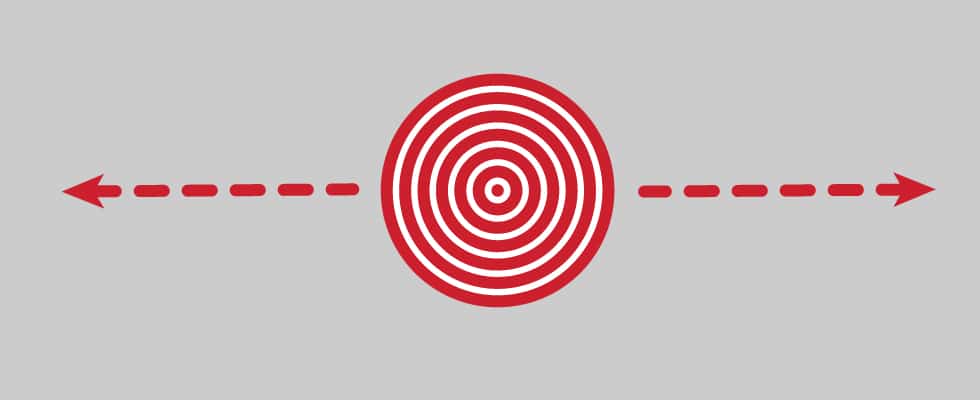
The CFPB published its Advance Notice of Proposed Rule-making for the Debt Collection industry back in 2013. The actual rule is expected around April of 2015, and the industry is worried about the changes it will introduce.
The rule is expected to add more consumer disclosures, more data integrity in the collection process, as well as other limitations on contacting consumers. Furthermore, the CFPB is planning to apply its debt collection oversight mandate to first party debt collectors, those who collect for themselves or a parent company. Debt collection compliance is about to experience a huge shift.
It’s hard to overestimate the importance of this rule. Disregarding the (incredibly important) consumer protection aspect, this massive change in debt collection regulation means massive changes in operational procedures. Collection shops have traditionally been about managing “butts on seats”, dozens and hundreds of agents in a boiler-room-like environment, aggressively trying to make their numbers. Even in today’s climate, this is a hard to manage, hard to control operation with considerable overhead in hiring and training. Retraining these massive teams and controlling their adherence to new procedures is a time sink and cost that cannot be recouped. Many will choose to reduce collection efforts or completely change the way they work with vendors, while smaller collection agencies will simply vanish.
This complication is solved by moving to a more automated, code controlled infrastructure. This kind of product is built to be machine-decision based from day one, where compliance is code controlled rather than human controlled. More than 90% of communications can be completely automated, without any human intervention, leaving a small team of expert human operators to focus on customer care and high value cases. A smaller, high quality team is much easier both to train and retain. This type of collection infrastructure will be able to sustain any change to regulations, with the cost of a few days of work from a team of engineers and data scientists rather than months of man-hours on the ops floor.
Companies that move to automated collection systems gain a much nimbler compliance strategy, as well as cost savings – both by scaling their operations without hiring many new collectors, and not having to retrain these collectors every time. The integrated nature of these systems allows immediate feedback from debtors, reducing complaints about incorrect or inappropriate communication. The biggest challenge for traditional collectors is their marriage to the operational model – both in having hired large teams but also, and maybe more importantly, in mindset. Changing this way of thinking and revamping cost structure is a must for both internal and external collections teams; it’s time to use 21st century tools.
With the move to more disclosures, more data, and more controls required by the CFPB, creditors and collectors alike should invest in platforms that allow nimble compliance management and easier adaptation to today’s dynamic environment. To hit a moving target, you need sophisticated weapons.